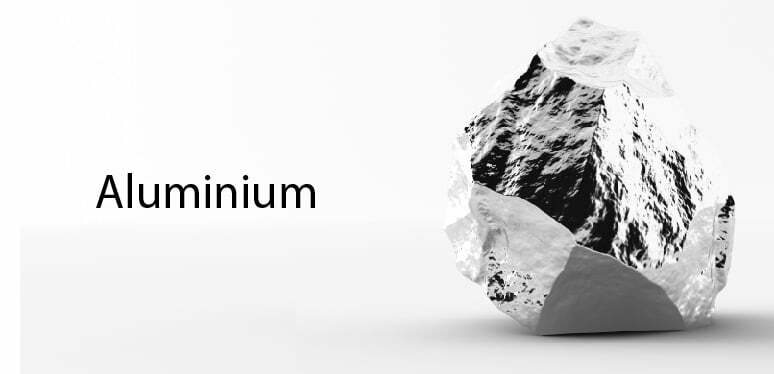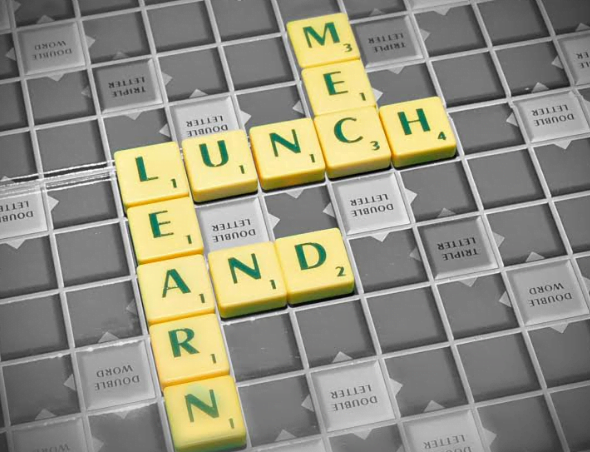With the exception of gold projects, large mineral deposits require bulk product transport infrastructure to get the product to market. On average they say it takes 30 years from discovery to development for a large mineral deposit. Most of this time is taken up building certainty and gaining the approvals required in order to build enough confidence to invest the capital. At any one time there are lots of projects that are waiting for certainty around the infrastructure and in many cases there are whole mineral regions that remain undeveloped.









